EXHIBITION THE BAUHAUS
we are proud to be associated with the mudac - Musée de design et d'arts appliqués contemporains for the exhibition
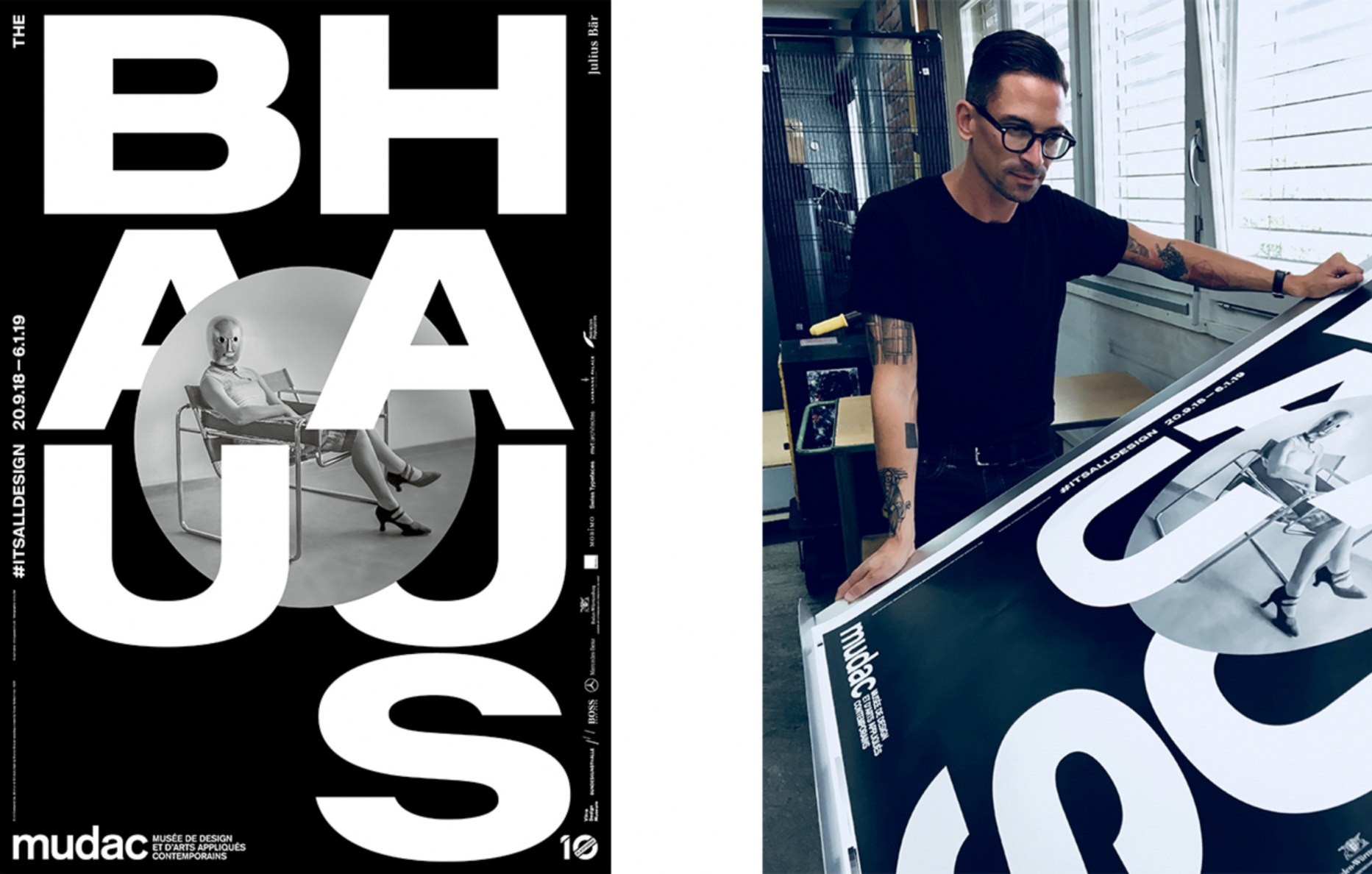
Graphic design Chris Gautschi
THE BAUHAUS #ITSALLDESIGN
20.09.2018– 06.01.2019
A discussion with Viorel Ionita will take place on November 1st at the mudac
Conceived by the Vitra Design Museum and adapted by Mudac for the Lausanne venue, the exhibition »The Bauhaus #itsalldesign« presents a comprehensive overview of the Bauhaus and its approach to design.
In addition to numerous landmark pieces, the exhibition encompasses a great number of rare, in some cases never-before-seen exhibits from the fields of design, architecture, art, and photography. At the same time, it juxtaposes the Bauhaus’ concept of design with current debates and tendencies in design by contrasting the historical exhibits with the works of contemporary designers, artists, and architects. In this way, »The Bauhaus #itsalldesign« reveals the surprising modern-day relevance of this legendary institution.
The mission of the »Staatliches Bauhaus« school, founded by Walter Gropius in Weimar in 1919, was to educate a new type of designer. Students at the Bauhaus were to acquire artisanal and artistic foundations as well as knowledge of the human psyche, the process of perception, ergonomics, and technology – a complete professional profile that continues to define the occupation of the designer to this day. Yet the concept of design at the Bauhaus also assigned designers a comprehensive creative mandate: they were not only to fabricate objects for daily use, but were expected to take an active role in the transformation of post-war society. Based on this approach, the Bauhaus sketched out an all-encompassing understanding of design, one that today is being embraced with new vigour. The rise of key terms such as social design, open design or »design thinking« shows a renewed interest in how designers locate their work within a larger context and – beyond the creation of everyday objects – play an active role in shaping society. Viewed from this present-day perspective, the exhibition regards the Bauhaus as a complex, multi-dimensional «laboratory of modernism» with close links to current design tendencies.


The exhibition is divided into five thematic groups. The first section begins by taking a a look at the historical, cultural, and social context out of which the Bauhaus emerged. A second section focuses on the Bauhaus’ principle of dual education, which merged practical learning with theoretical questions. Iconic as well as lesser known objects designed by students as well as masters offer impressive illustrations of the interplay of theory and practice, of the study of form and craftsmanship, of art and technology, as well as the experiments aimed at developing production-ready models for industrial manufacture. The third section of the exhibition is dedicated to the concept of space. Essential “places” in which Bauhaus artists could envision notions of space and develop spatial concepts included dance, plays, and the stage. In addition to artistic experiments, this section includes stage designs, spatial colour models, tapestries and textile designs, as well as reflections on minimalist dwellings and the applicability of industrial manufacturing techniques in building construction. When we combine all of these aspects, the Bauhaus reveals itself as what is most likely the first artistic »total experiment« of the modernist period. The last two sections consider how the Bauhaus presented itself and the creation of myths and clichés that continue to surround the movement to this day. By means of manifestos, newspaper and magazine articles, exhibitions, catalogues, and publication series like the Bauhaus book series or the Bauhaus magazine, the movement set effectively the scene and became an important contributor to contemporary debates. Although this it cannot be described as a targeted communications strategy, over the years the Bauhaus nonetheless managed to develop its own corporate identity. A revolutionary breakthrough at the time, its successful campaign strategy remains an exemplary role model to this day. Yet the the creation of this corporate identity was accompanied by the simplification of the complex content and conflicting tendencies that made the Bauhaus so unique. The identity was gradually reduced to one particular style, before finally being styled into a myth that has lost nothing of its original fascination.
The current perspective on the Bauhaus is achieved by juxtaposing historical exhibits from the Bauhaus era and works of contemporary designers that directly or indirectly draw upon Bauhaus heritage throughout the exhibition. These include digitally produced furniture designs by Minale Maeda, Van Bo Le Mentzel’s »Hartz IV furniture«, as well as manifestos by designers such as Hella Jongerius and Thomas Lommé, interviews with creative figures including Lord Norman Foster or Enzo Mari, as well as homages to the Bauhaus by Mike Meiré, Yuya Ushida, and other designers. These contemporary contributions highlight the broad spectrum of influences the Bauhaus continues to exert, ranging from textile design for Hugo Boss to the furniture series Pipe (2009) by Konstantin Grcic for Muji and Thonet, which was inspired by Marcel Breuer. Among the current works featured in the exhibition, the four projects commissioned especially for the exhibition by the Leipzig-based artist Adrian Sauer, concept artist Olaf Nicolai, as well as the authors and architects Joseph Grima and Philipp Oswalt play a particularly important role.
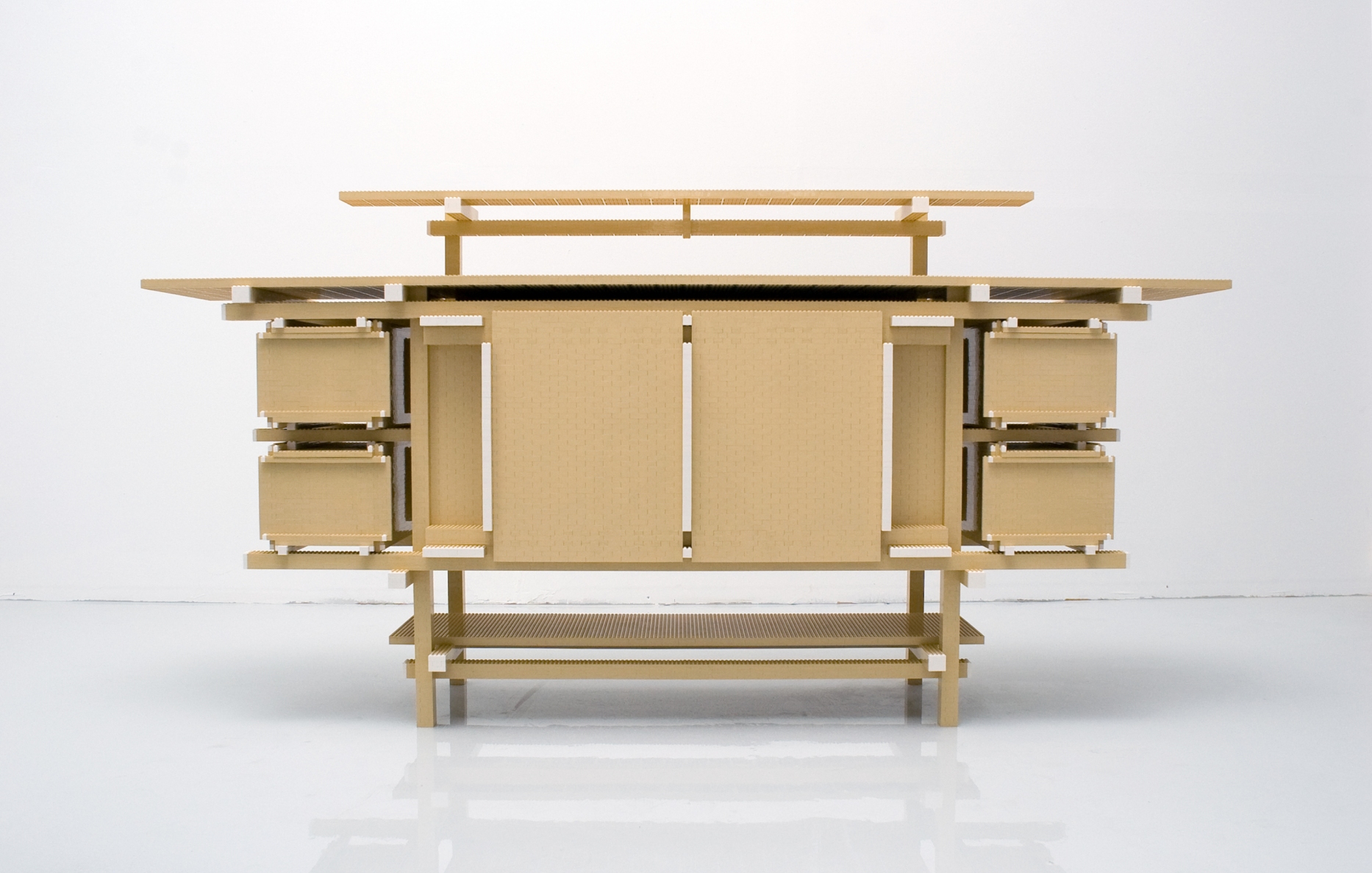
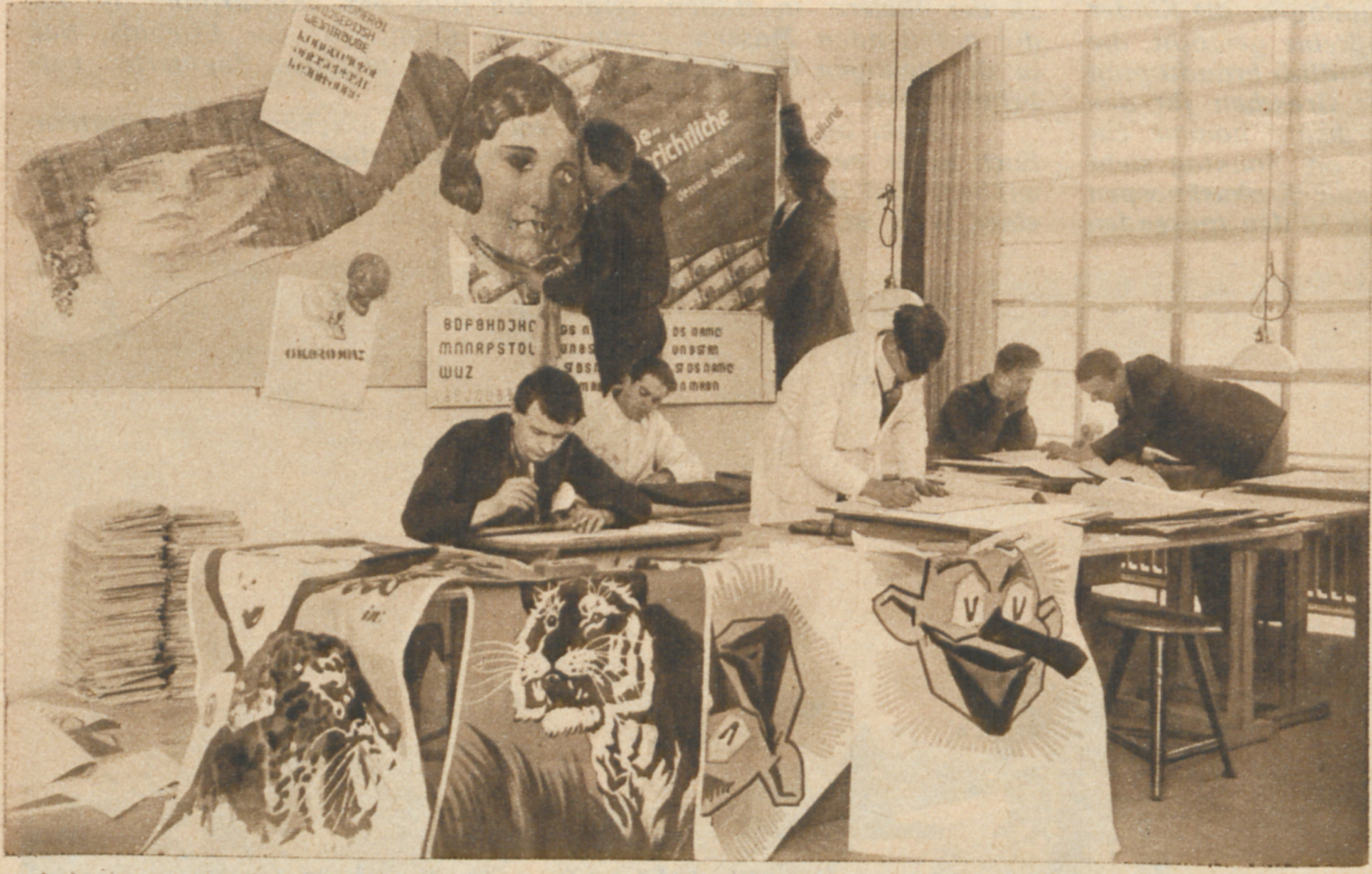
The juxtaposition of historical and current exhibits yields a new and more differentiated picture of design at the Bauhaus. It does away with the clichés that primarily described Bauhaus design as minimalistic, cool, and geometric while showing the great interest Bauhaus designers had in social interconnections, experiments, and processes. With its open concept of design, the Bauhaus has played a decisive role in the omnipresence of design today. The exhibition reveals surprising parallels between many of the current debates in design and those that played a central role at the Bauhaus, such as discussions focusing on opportunities provided by new production methods and materials as well as the role of the designer in society or the advantages of interdisciplinary collaboration. This is also reflected in the exhibition’s subtitle, which invites visitors and readers to share their own views on this topic.
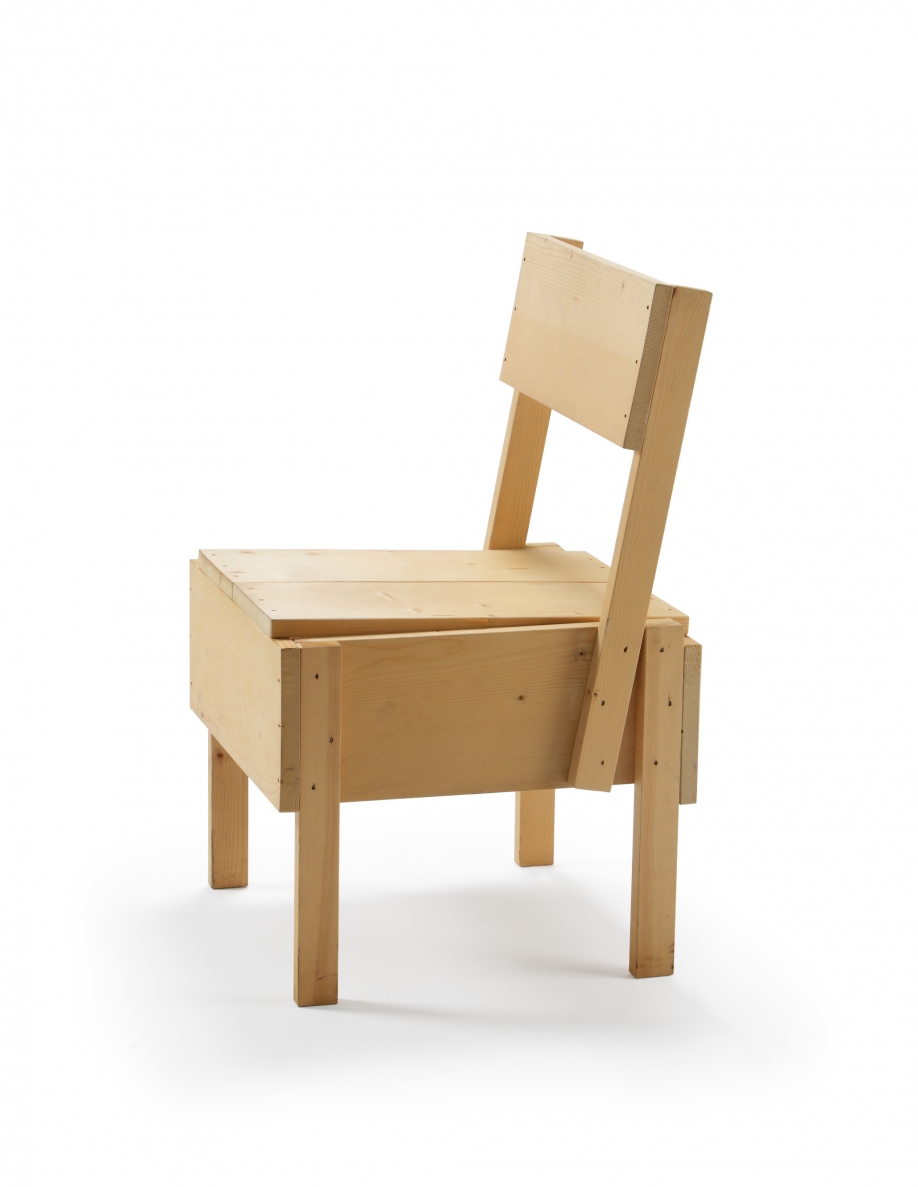

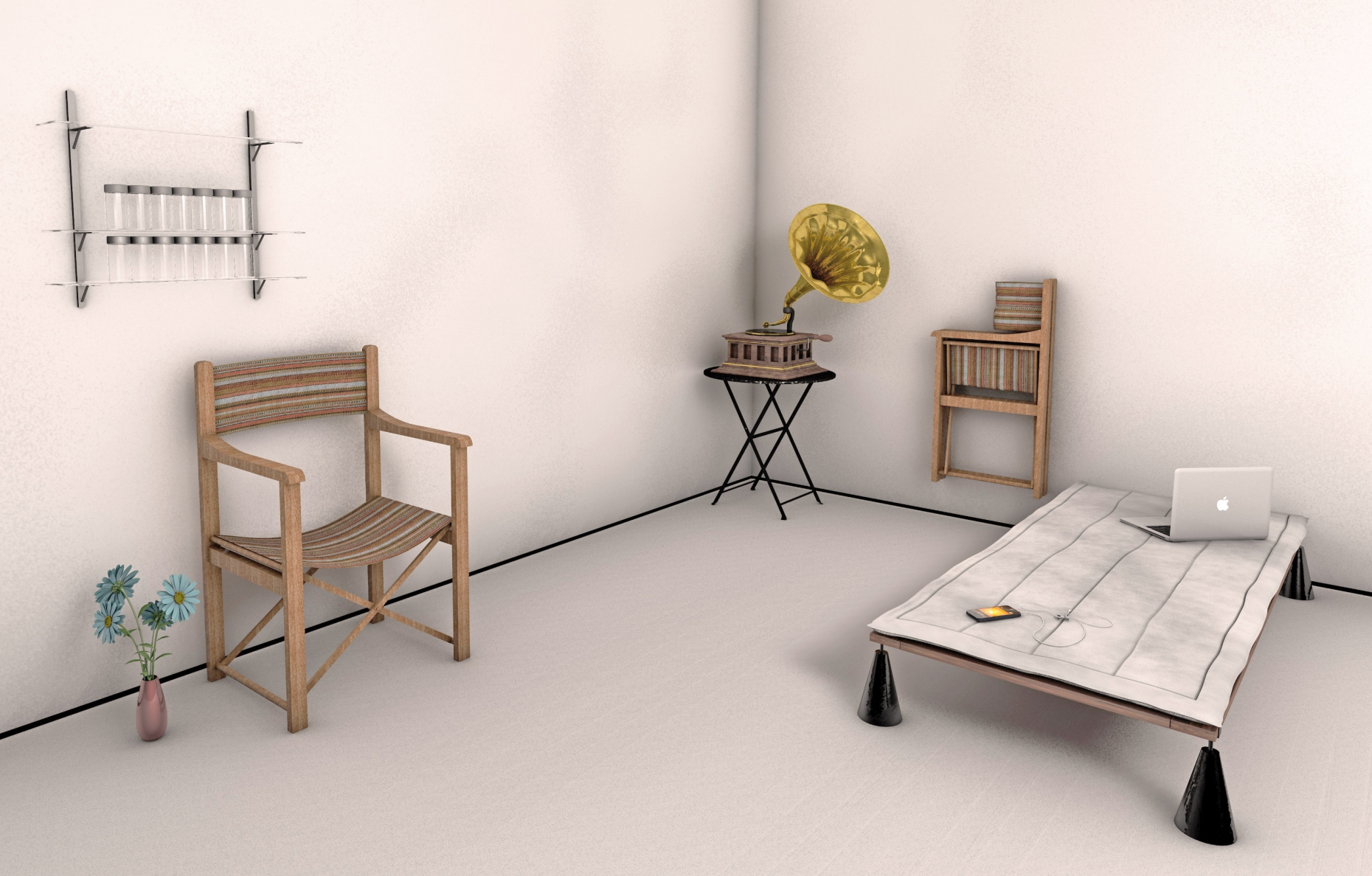
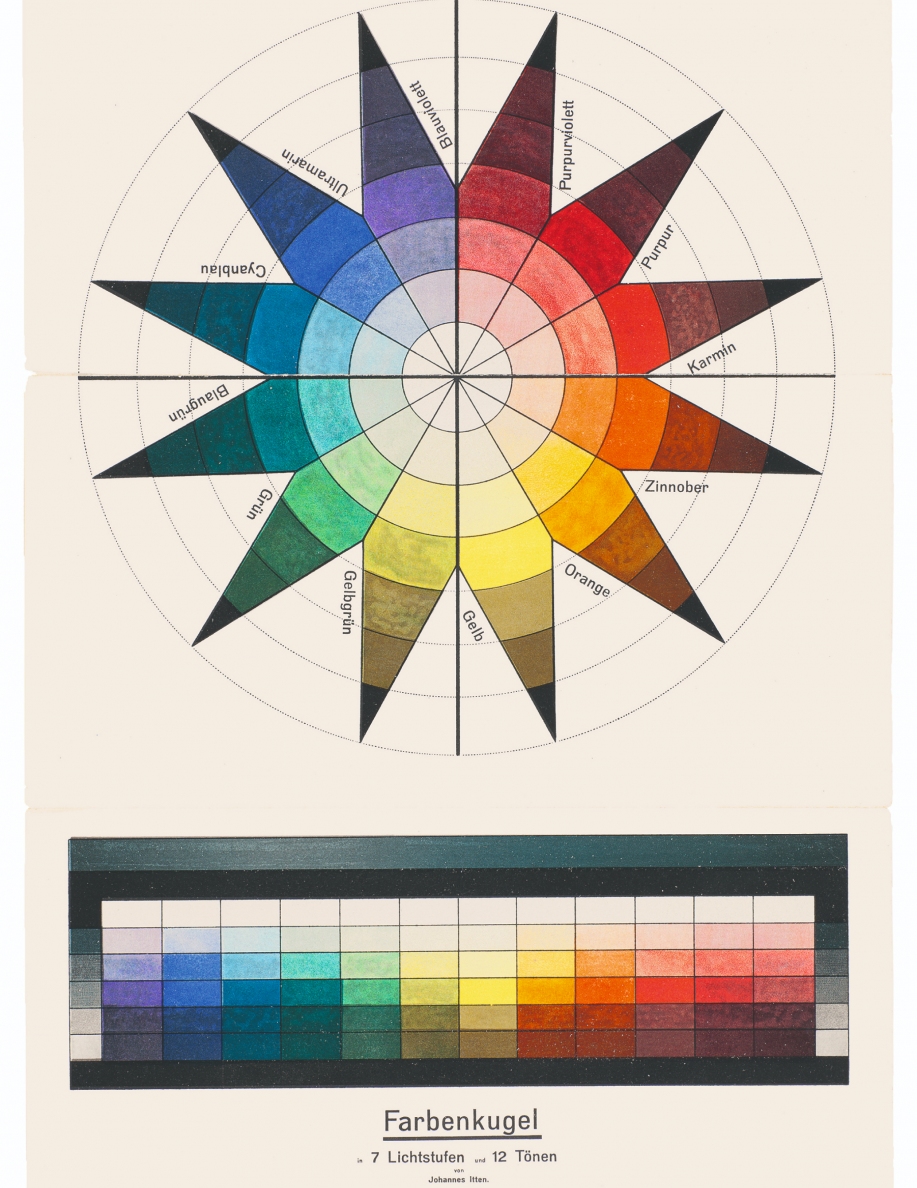
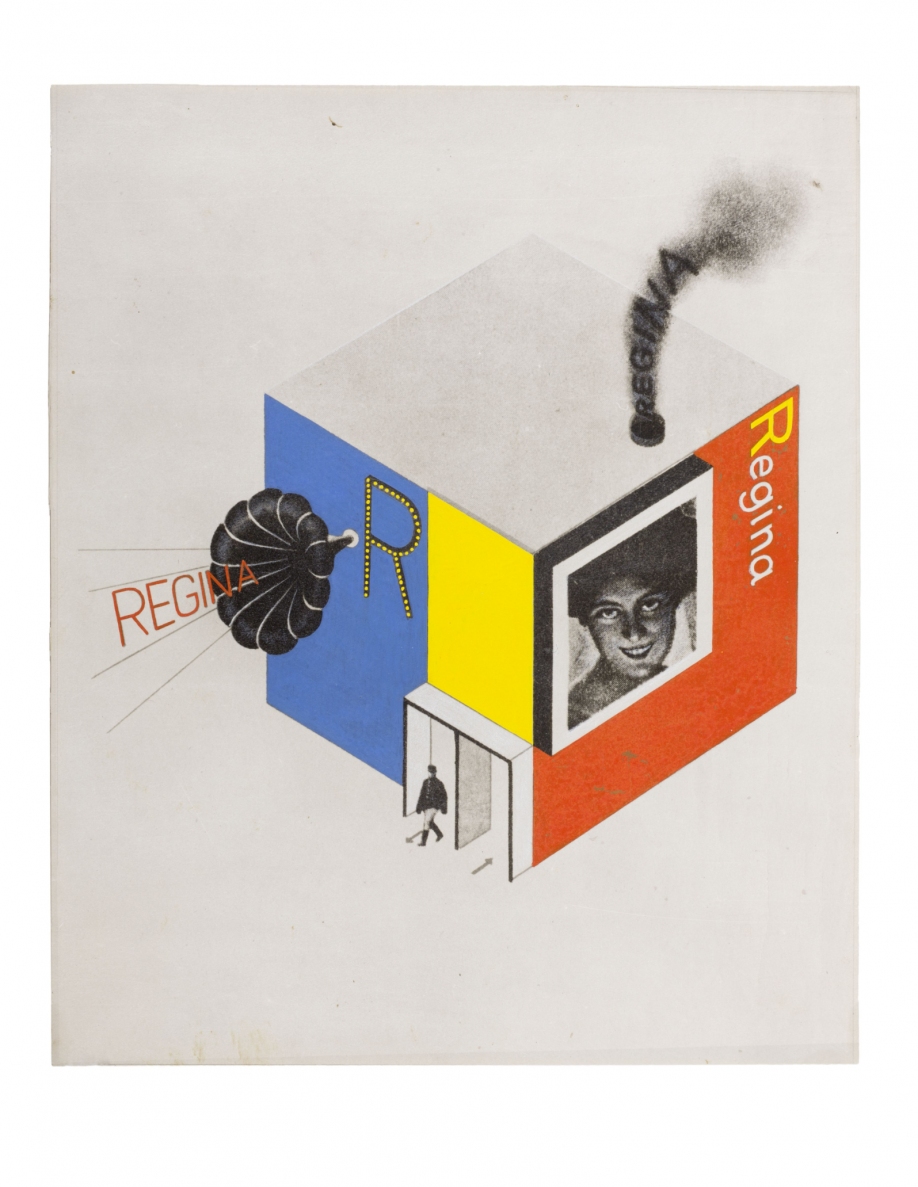
The Bauhaus #itsalldesign exhibition is accompanied by a 400-page exhibition catalogue published by the Vitra Design Museum, which includes a detailed, richly illustrated section as well as essays by renowned authors, including Arthur Rüegg and Jan Boelen, and a glossary of key Bauhaus design terms. The contemporary vision of the Bauhaus is underlined by numerous articles by renowned designers, artists and architects from all over the world, including Lord Norman Foster, Tobias Rehberger, Arik Levy and Hella Jongerius, who present ideas, projects and theses that reflect the current state of the Bauhaus.
Catalogue: The Bauhaus #itsalldesign Editors: Mateo Kries, Jolanthe Kugler Soft cover, 250 x 190 mm, 464 pages Approx. 500 illustrations, mainly in colour English edition, 978-3-945852-02-6
